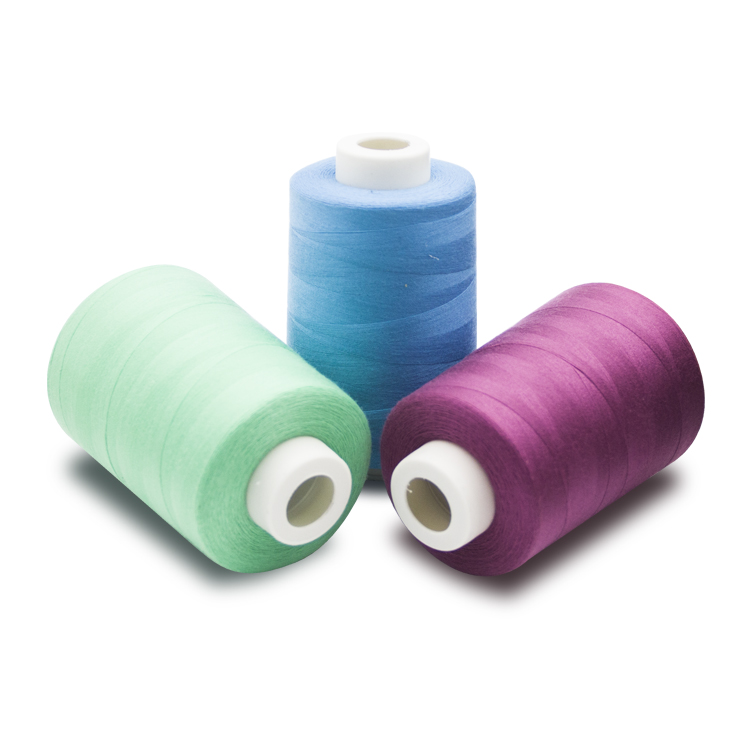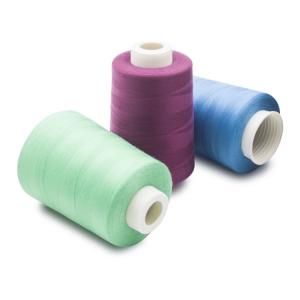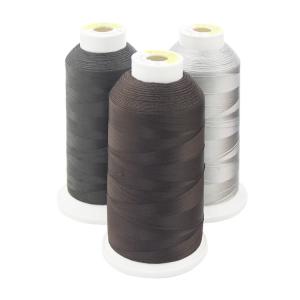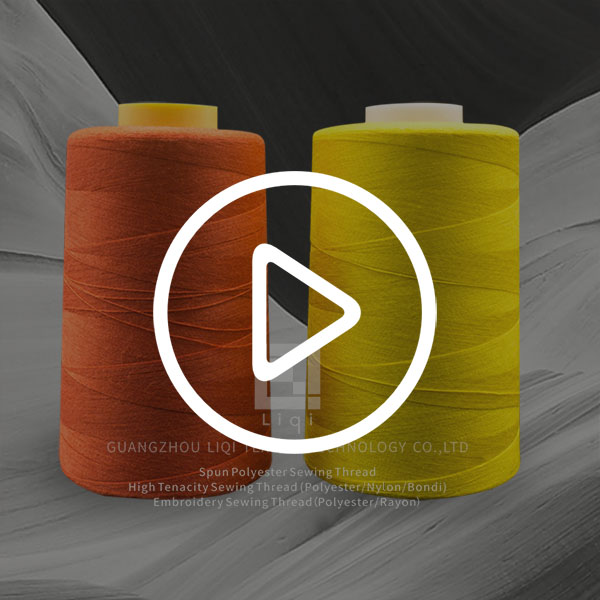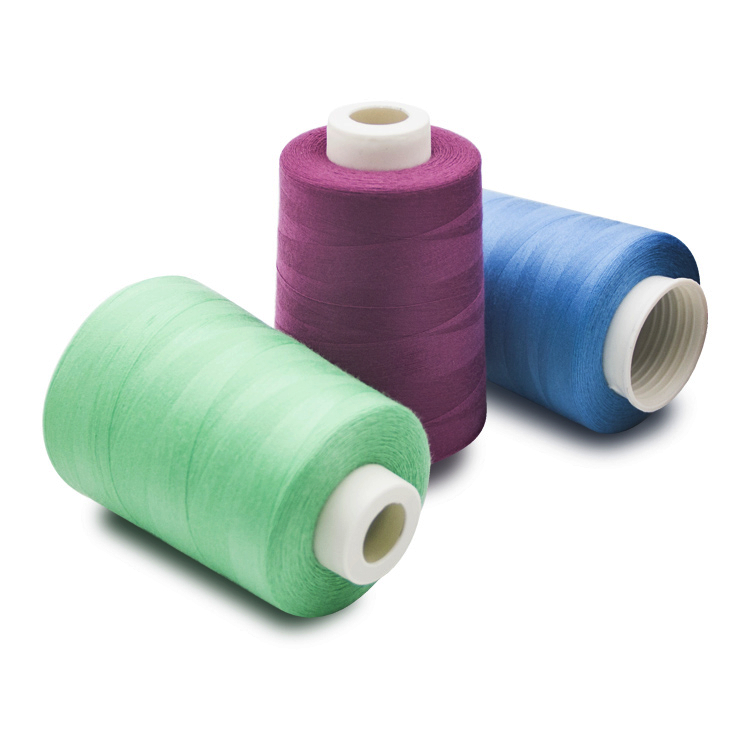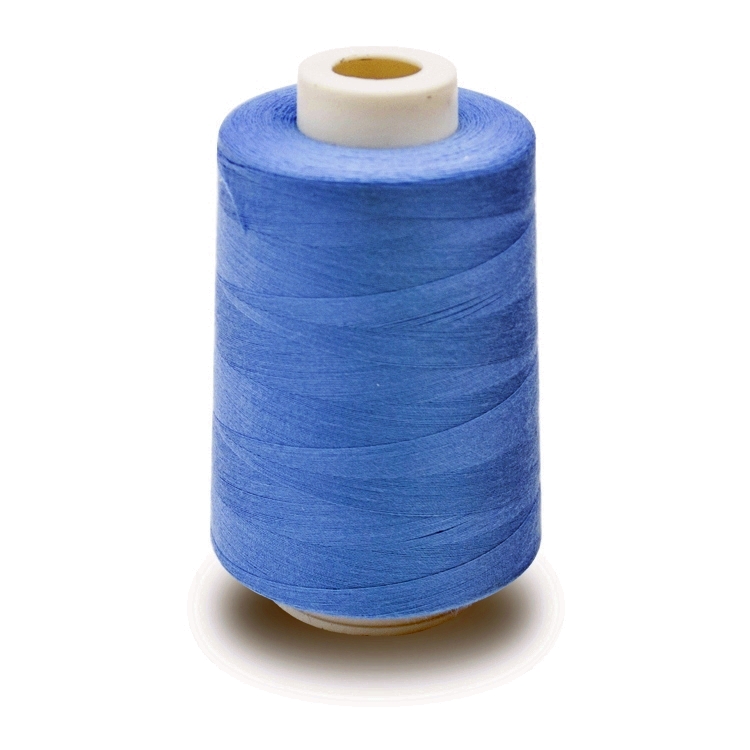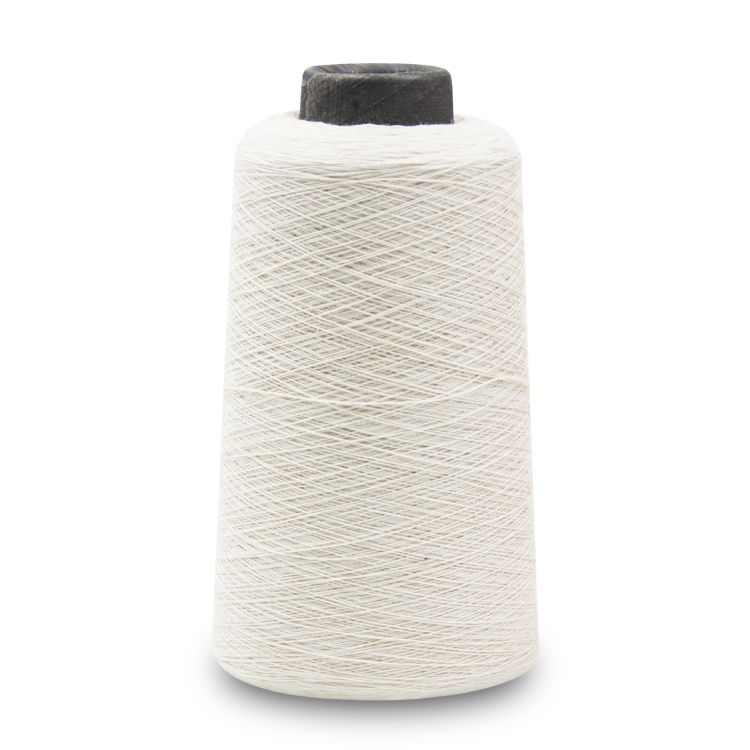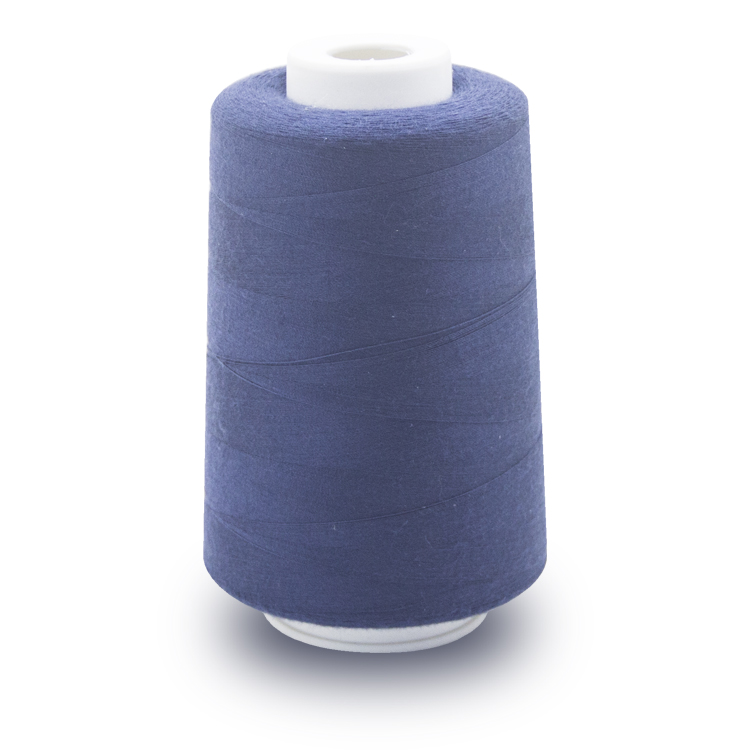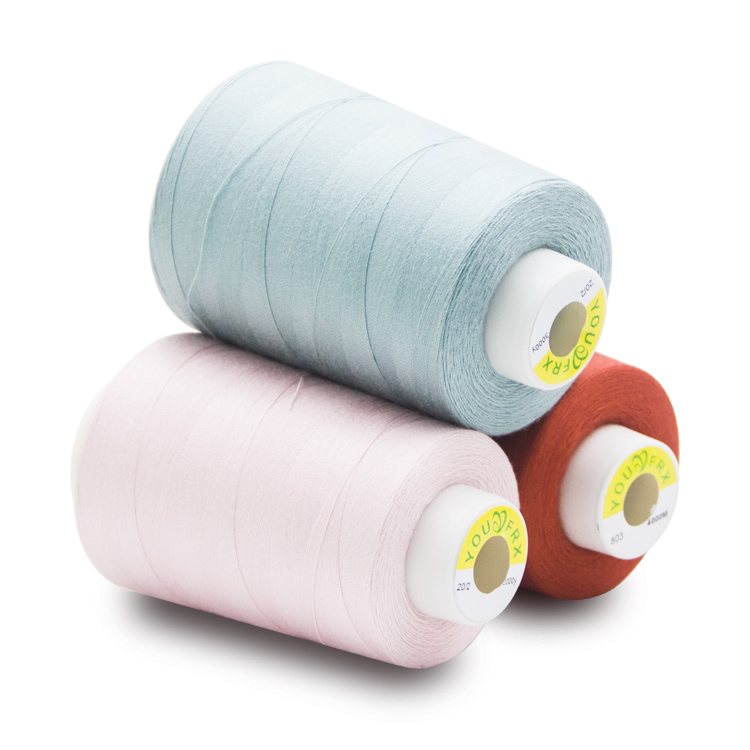Share to:
Related Products
Fashin Cotton Textile Thread for Bags Sewing/Embroidery Machine
LQ-2-05
Price: From $0.43
Delivery time: 9-20 days after payment
MOQ: 500 PCS
Cotton textile thread can increase the blood flow of human microcirculation, make the human body produce warm and heat effect, effectively regulate the nervous system, dredge channels and collaterals, and improve the quality of sleep.
To spin cotton (also known as spinning), cotton must be planted first. After the cotton is picked in autumn, it is necessary to roll the cotton, remove the cotton seeds from the cotton, and then "ripen" the cotton with a cotton Springer or a cotton sling bow, so that the cotton yarn can be spun.
Before spinning cotton, we should first twist the "elastic ripening" cotton into a small cotton roll, which is called "housebreaking". When spinning cotton yarn, the spinning wheel is shaken with the right hand, and the cotton thread is drawn out on the spindle which is spinning continuously with the left hand, then it is gently pulled back to make the cotton thread continuously longer. When the left hand is pulled back to the end of the spindle, the right hand of the spinning wheel should stop and turn back half a circle so that the cotton thread pulled by the left hand can be unloaded from the tip of the spindle, picked up by the left arm, and sent forward. With the right hand shaking the spinning wheel, the textile thread is wrapped around the spindle. The above actions are repeated continuously, and the number of thread wrapped on the spindle increases gradually, turning into a large ball of wire. This cotton yarn group is called "spike". After spinning out spikes one by one, it uses "inflexion" to turn the thread, uses paste slurry thread, uses winding machine to thread, and then passes through cloth, transport cloth and weave cloth. Finally, a piece of cotton cloth is woven from the loom.
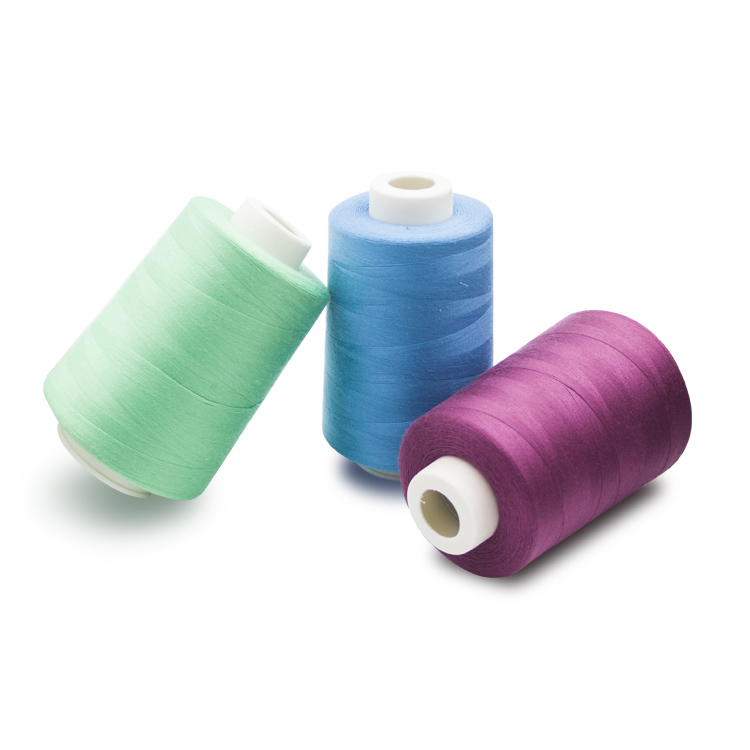
The spinning wheel is made of wood. A U-shaped column and a long T-shaped square wood form the framework of the spinning wheel. Inside the U-shaped column, a spinning wheel is installed, on which there is a hard jujube or elm spindle with two rows of symmetrical wheels. The front end of the square wood is called "ground seat".
There are two splints on the frame. They are equipped with a "curb" made of elm or sorghum straw, with spindles on it. Spindles have fine fingers, chopsticks are long and short, the middle is thick, the two ends are pointed, like a long "stump". In one third of the spindle, there are two pieces of rotator rotated out of the mess. The spindle is placed between the two parts, and then connected with the spinning wheel with the silk string. The spindle can be spun by hand shaking the handle on the spinning wheel. Before spinning, first rub the cloth, take a piece of steamed bread, wrap it with sorghum straw, and rub it with your hands.
When spinning, put a basket full of cloth on your hand, hold the cloth on your left hand, pinch one end with your thumb index finger and middle finger on the spindle, turn the spinning wheel, and when the spindle turns, the cloth in your hand pulls one after another, the arms stretch freely like a bow, and in the song of the spinning wheel, a thin white cotton thread. The cotton thread is spit out from the cloth connection and gradually wound into a huge wire group on the spindle bar.
When the cloth in your hand is almost exhausted, take another one and continue it. When the textile thread on the spindle is full, the spindle is pulled out and becomes a thread spike. The textile thread spikes are enough to go up and down, and then put the thread on the knuckle. After sizing and drying, the fabric can be woven.
The weaving process of textile thread is extremely complex. From cotton picking, spinning to weaving, the main processes are knitting, spandex, cotton batting, spinning, beating, chaotic yarn, drop, warp, brushing, healing, loom, bolt, loom, repair, etc. The products are based on four series of wicker, color stripe, square and jacquard, hand-woven hand-spun and old-fashioned foot-slant looms. Because of the use of thicker yarn that the textile thread has a thick, thick and clear style.
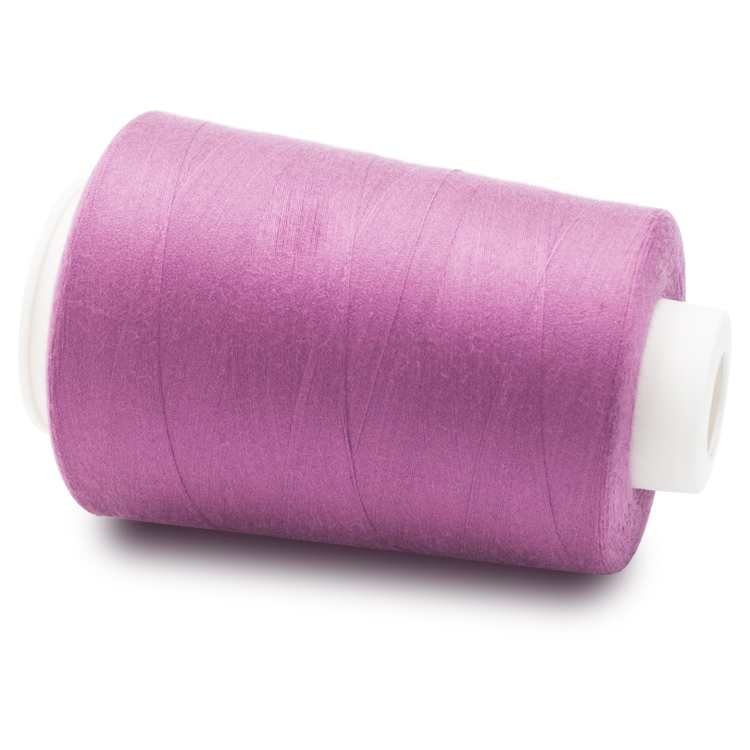
The common colors of folk textile threads are big red peach, lake blue and green, purple, yellow, white, etc. The overall tone is bright and harmonious. Most of the forms of expression emphasize the contrast of colours. With 22 basic colours of textile thread combined arbitrarily and blended with black or white, thousands of fabrics with different patterns can be woven. Although textile thread emphasizes the effect of square color blocks as a whole, there are many levels of changes within each color block, and the visual effect is not monotonous. Therefore, at first glance, textile thread looks rough, but thick and thin.
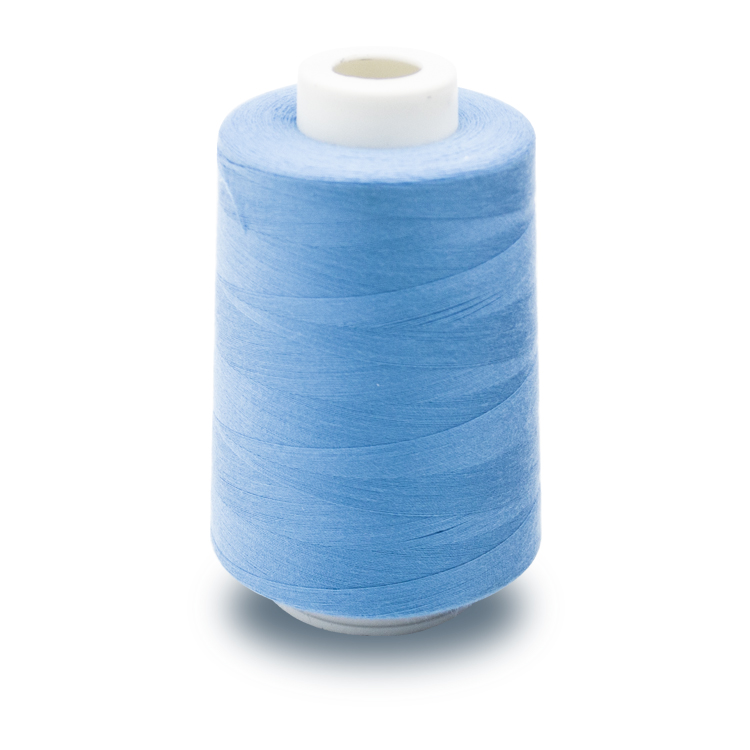
Six Advantages of Textile thread Products
1 Green Environmental Protection
From planting to textile products, there is no use of pesticides and chemical dyes. Textiles do not contain formaldehyde, azo and other chemical heavy metal ions. They fully meet the requirements of EC textile biochemical standards: "The prohibition of carcinogenic azo dyes is a real green ecological textile treasure".
2 Healthy Sleep
The far infrared function of coloured cotton textile thread can increase the blood flow of human microcirculation, make the human body produce warm and heat effect, effectively regulate the nervous system, dredge channels and collaterals, and improve the quality of sleep.
3 Comfortable Itching
Affinity to skin, no irritation to skin, anti-mite meets the requirements of environmental protection and human health.
4. Good perspiration
Adsorb sweat and slight sweat on human skin, make body temperature return to normal quickly, truly achieve the effect of breathability and sweat absorption.
5. Antistatic and non-balling
Pure cotton textile thread has no free charge, so it is antistatic; it is not easy to deform and can not balling.
6 Massage Effect
Textile thread products have thick and deep lines. Numerous massage points on its surface have unexpected massage effect and health protection on human body. Long-term use of textile thread products can relax muscles, promote blood circulation and nourish skin.
Comfort comes from natural fashion and environmental protection
If pure cotton textile thread is the natural happiness of the skin, then whether we have pure cotton mentality determines the distance between us and happiness. When machine-woven cloth fills our lives, if you have a sheet made of textile thread, or send the sheet to relatives and friends, you will make others feel different, unique, and your life will also show a different glory.

